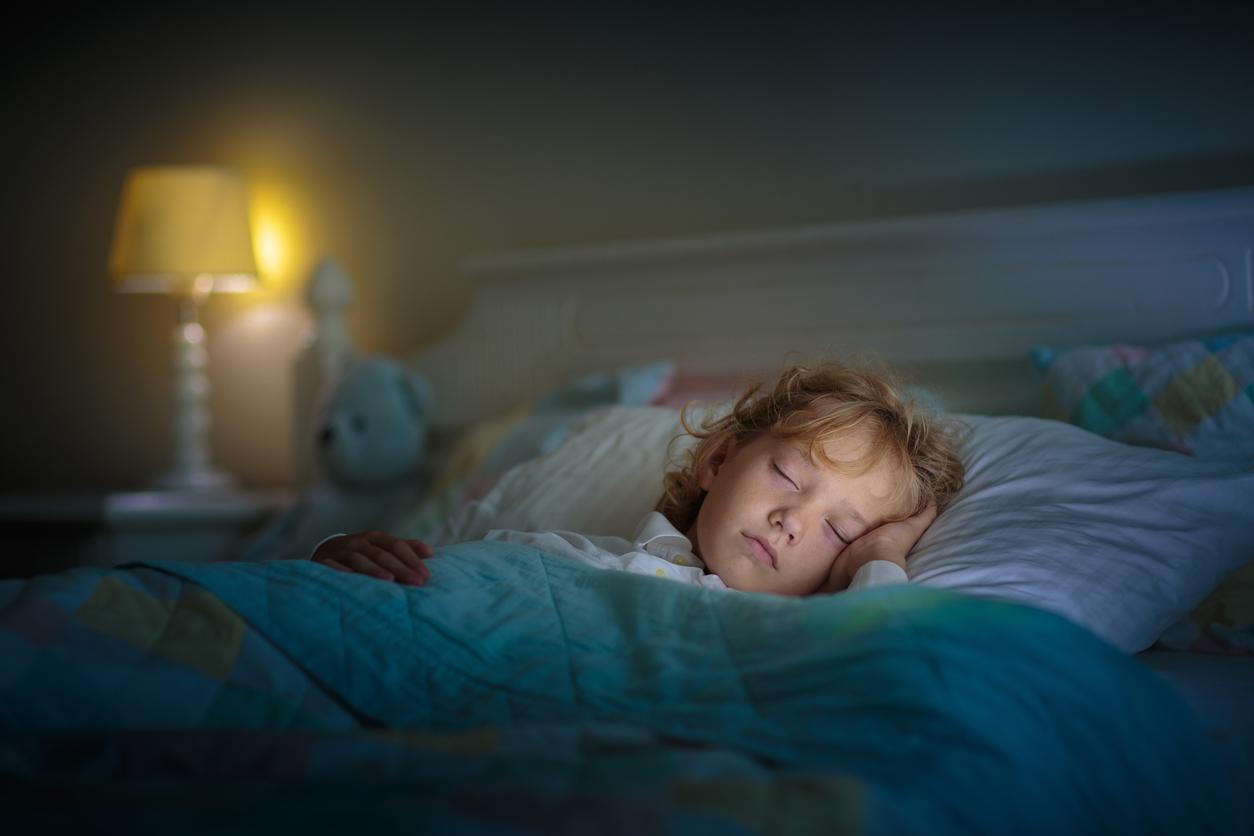According to figures, 80% of childhood cancers are cured relatively well today, but only 3% of the research budget is intended for them.

The number of deaths from childhood cancer is steadily declining, following the continued improvement in cancer survival in this age group. Thus, from 1999 to 2014, the number of cancer deaths rose from 360 to 287 per year*. But “today, only 3% of the cancer research budget is intended for childhood cancers. We need the State. We need a text of law with a dedicated fund of €20 million for the fundamental research on these cancers”, recently declared the father of Augustine, a little girl who died of brain cancer whose fight had been publicized.
Before the age of 5
In children (under 15), the main locations are: leukemia (29% of cases, 80% of which are acute lymphoblastic leukaemia), tumors of the central nervous system (25%) and lymphoma (10%).
Half of childhood cancers occur before the age of 5. Before 1 year, tumors of the sympathetic nervous system are the most frequent, followed by tumors of the central nervous system and leukaemias. Between 1 and 5 years, leukemia predominates with tumors of the central nervous system. After 5 years, leukaemias, tumors of the central nervous system and lymphomas represent the most diagnosed cancers.
Sequels
“Currently, the treatments for children are based on chemotherapy, surgery and radiotherapy, although the latter is not much liked to use because of the side effects”, explains to the Figaro Dr. Valteau-Couanet, Head of the Childhood and Adolescent Cancer Department at Gustave Roussy. “We have adapted treatments reserved for adults but also developed specific protocols such as immunotherapy,” she adds.
Although 80% of childhood cancers are cured relatively well, two-thirds of patients will retain the after-effects of their illness or their treatment. Among long-term survivors of childhood cancer, for example, cardiovascular disease is one of the leading causes of early non-cancer death.
Development of more effective drug combinations
“Over the past few decades, our focus has been on developing more effective drug combinations to cure patients,” says Gail Tomlinson, professor of pediatrics and director of a pediatric hematology-oncology unit. “It has allowed us to dramatically increase the survival rate for most types of childhood cancer. Now that so many survivors are here, it is imperative to develop protocols based on the goal of minimizing late side effects treatment,” she concludes.
Source: Inca.

.














